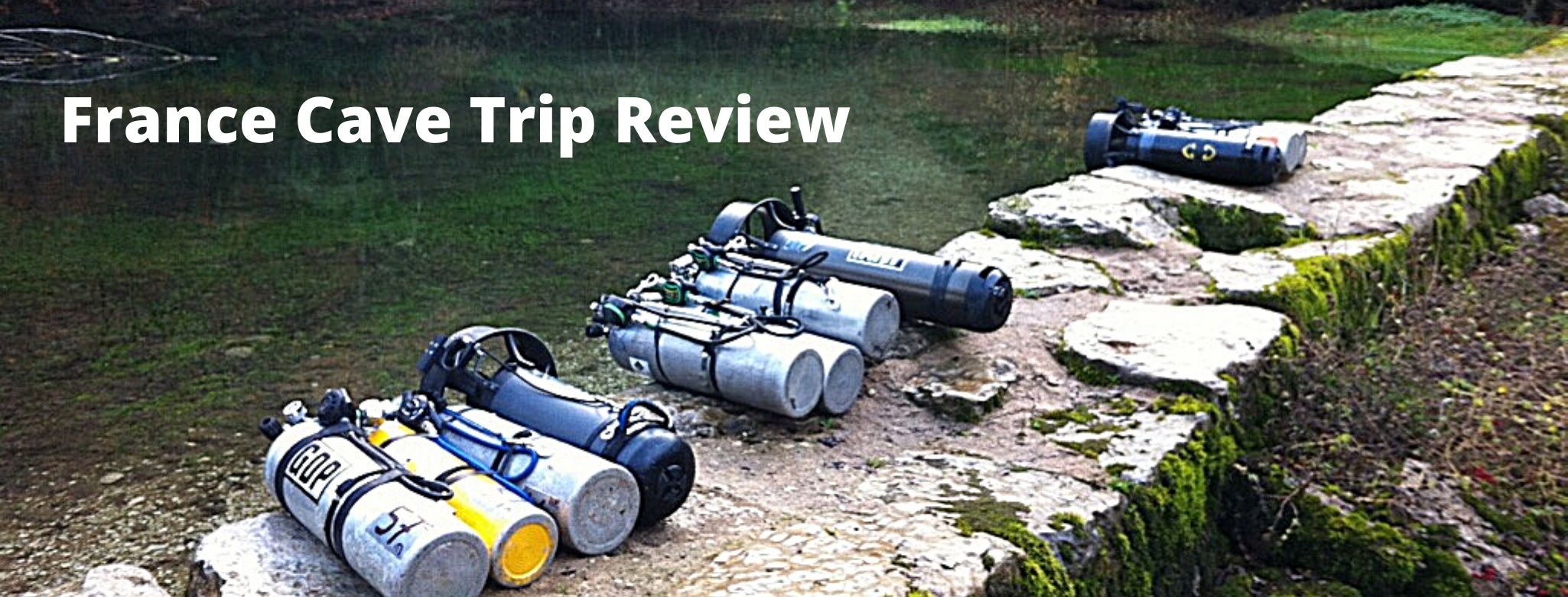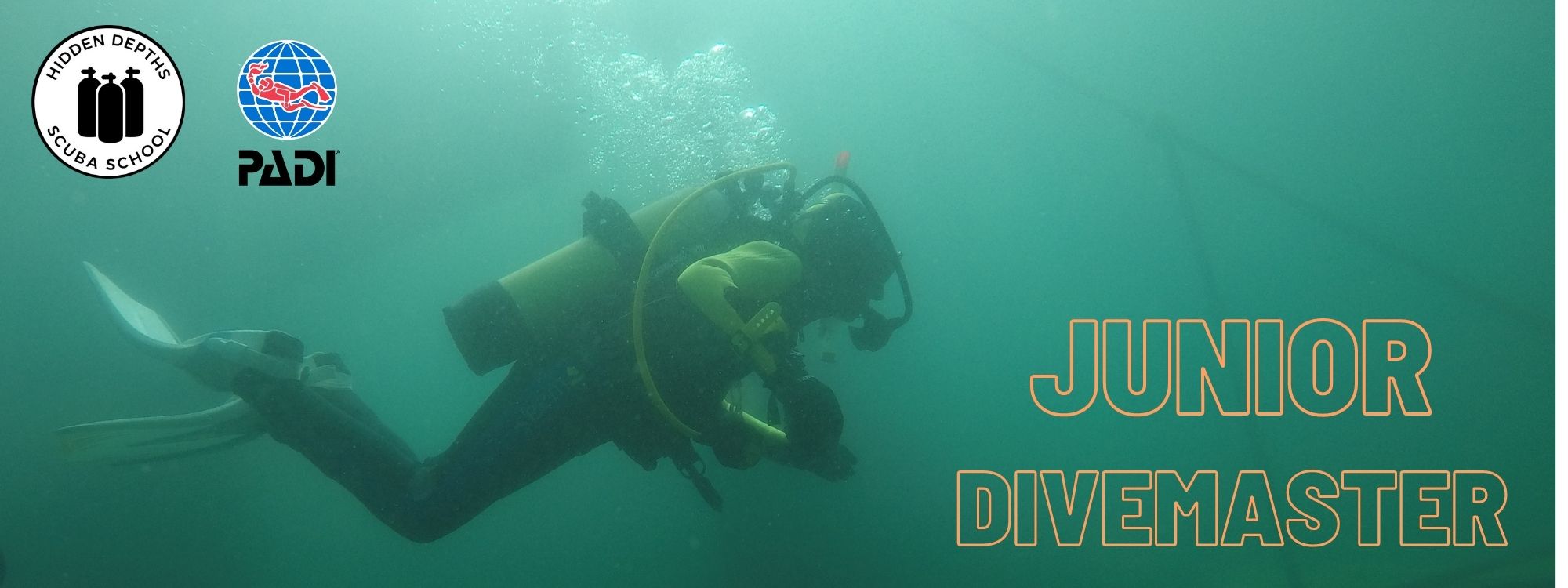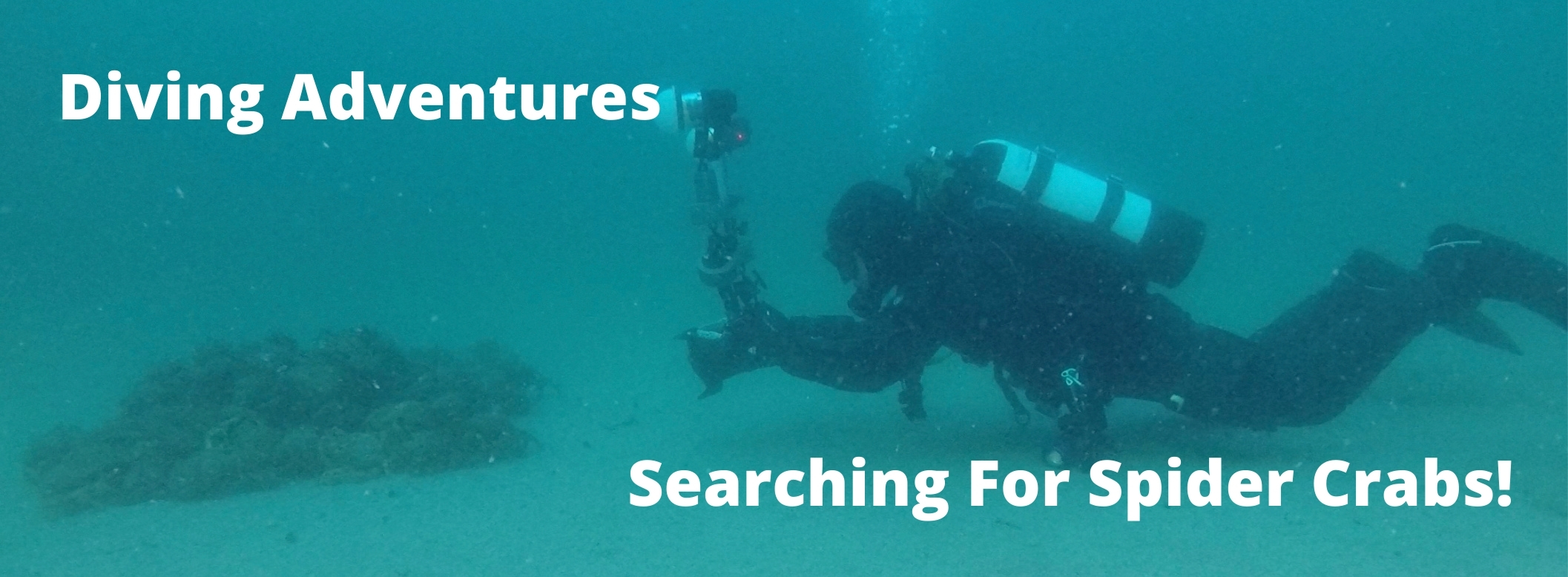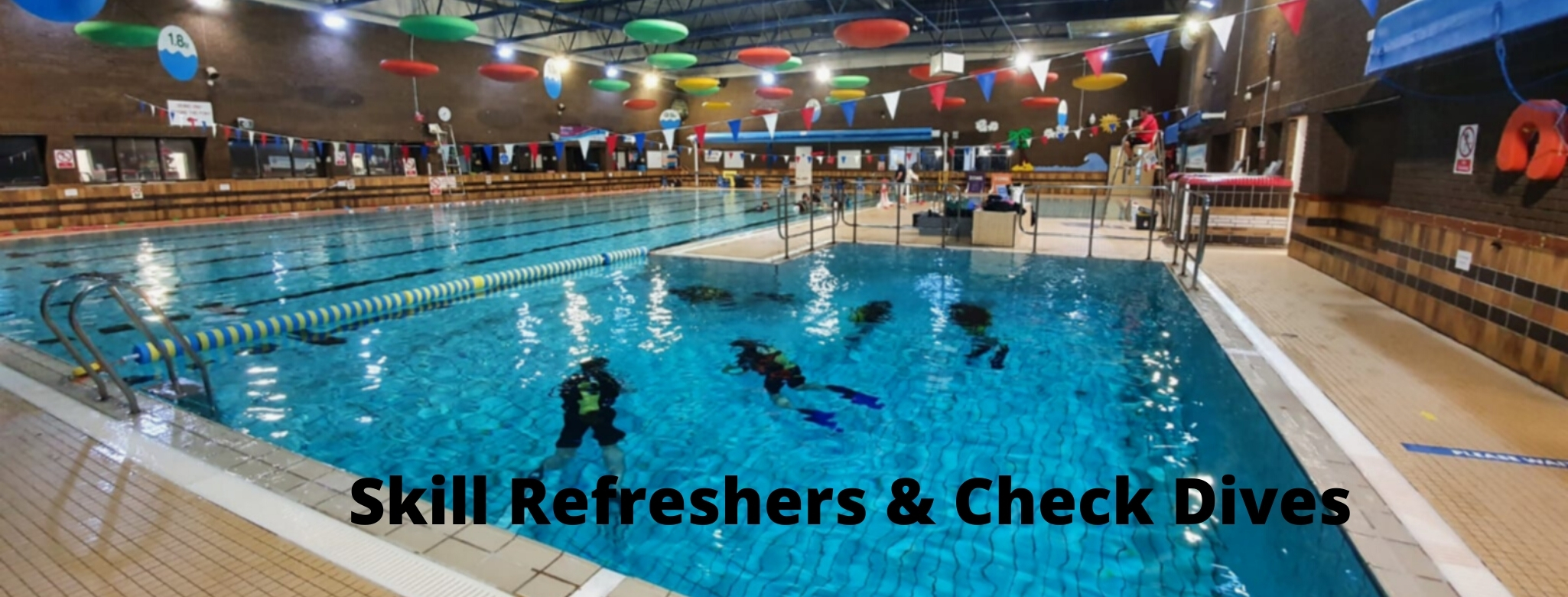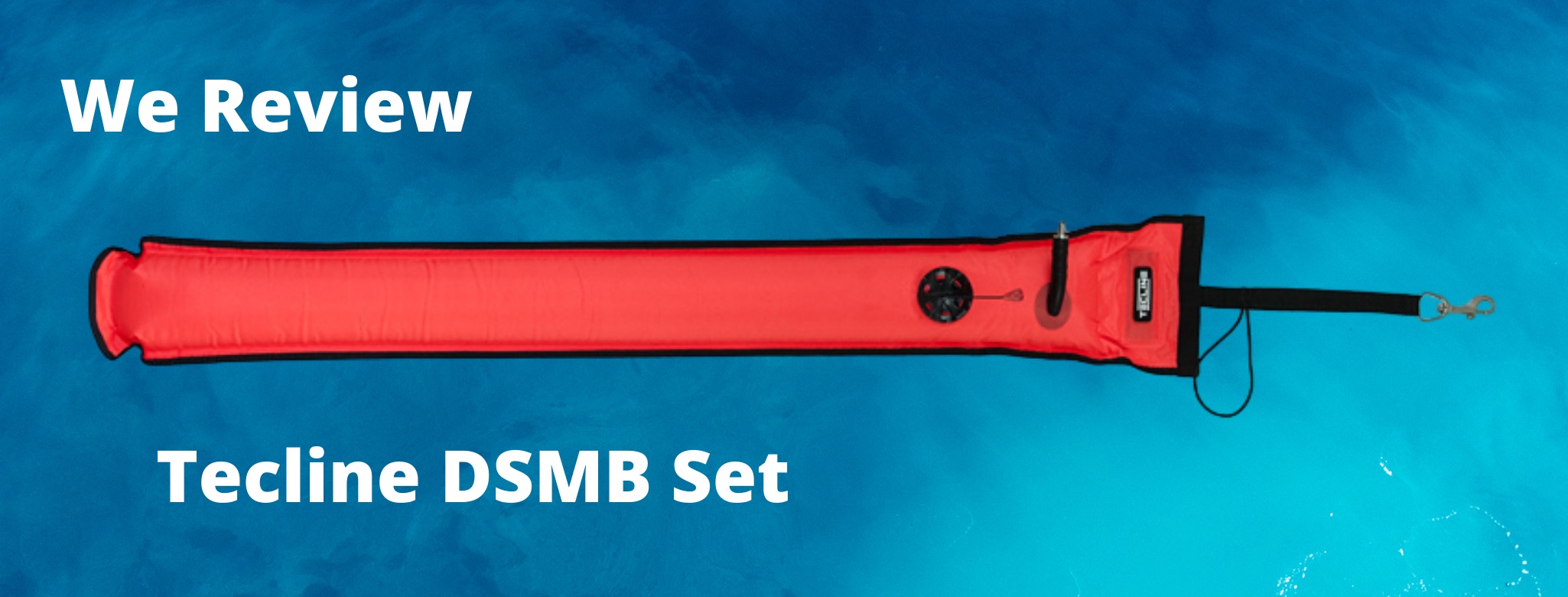You have 0 product(s) in your cart.
Cave Diving In France
A Cave Diving Trip to France
At 3am on Friday 21st November 2014, Hugo, a fellow technical dive instructor, and I set off from Frome, heading to Calais via Dover ferry port, and onwards to French cave diving land.
A journey almost as long as the regular pilgrimage to Scapa Flow had just begun, and it didn’t end until we arrived at the Lot Cave Diving Centre in Southern France. We were welcomed by Stuart, an Englishman too, who pointed out that in our haste to get to France and make a start we had actually arrived 24 hours too early! He called the place we were to stay at and arranged for the owner to come out and meet us and show us to the accommodation. After driving for another 20 minutes through the dark French countryside this help was vastly appreciated, and I doubt we would have found it any other way!
Arriving in the dark didn’t allow us the chance to take in the stunning surroundings of the villa just outside the town of Gourdon. We could however, appreciate the size of the place, with two bathrooms, three bedrooms, a fully equipped kitchen and a lovely living space filled with DVDs to watch on the TV. This villa is used to sleeping six people comfortably, but Howard and I had the place to ourselves for the next week. We settled in and promptly fell asleep in anticipation of the tough tasks and dives facing us over the next week.
Having arrived 24 hours early for the course did allow us plenty of time to prepare our dive kit, analyse gas, mark up our stages and generally chill out before Ian, cave diver and our Advanced Cave instructor for the week, rocked up later in the afternoon. We also familiarised ourselves with the local area, found the supermarket and, with much assistance from Howard, ordered lunch at a local cafe. We went to sleep that night much more relaxed and ready to start the course the following day.
Our first job on the morning of the course, once the paperwork was signed and filed away, was to show Ian our kit and check all was in order. There were no problems there and so it was on to multi-stage specific kit issues and land drills. We discussed different options for setting up stages and how they can best be carried in a cave. We then discussed sharing gas, and how this might vary if we were using stages to extend our dive distance. Failures are always important to plan for, but I was pleased with the amount of options we had if there was an issue with either divers’ gas supply. After laying some line around the trees and dropping and recovering stages at various points of the course we were ready to head to a cave and try things in the water. My excitement about finally diving a French cave was getting bigger and bigger!
For our first dive of the Advanced Cave Diver course, we visited the Saint Savour as it has a large head pool (an area of open water surrounding a cave entrance) and this allowed us to practice skills underwater, but without an overhead environment to worry about. When we arrived we were the only people there, but we were soon joined by a team of French cave divers, and amongst them was the famous French instructor and deep diver Pascal Bernabe! It was great to meet a famous diver who was happy to stop and chat and ask us about our plans for the day.
Our first dive involved lots of multi-stage work, vitally important to safe gas switches and, as we would find out later in the week, smooth stage drops and recoveries. We practiced rotating the cylinders and trying different positions for carrying them, before switching to each one in turn and watching each other carefully as issues can easily arise. With the skill circuit safely completed we even had a little time to look into the cave itself, which descended quickly from the head pool to 30m, with one small restriction to pass on the way. Vis was in the 5-8m range which was more than acceptable for us, but as we arrived late it was getting dark when we exited so de-kitting was more interesting!
The real cave diving began on day two. We awoke early and set off for the Emergence Du Ressel, via the Lot Cave Diving Centre for gas fills. Juli and Stuart have an excellent self-service system for air fills, making it very convenient to get air when you need it. The dive site we eventually arrived at was totally different to the Savour from the previous day. We parked up in the small car park the French authorities have provided for us cave divers, wandered down a muddy slope towards a river, still without an idea where the cave actually was! Arriving on the riverbank Ian indicated some ropes used for hanging stages and other bits on when you enter the water, and told us the cave entrance itself was a short swim upstream. After our dive brief we kitted up, and set off upstream.
The entrance to the Ressel was dark and silty, with sediment carried along the river flowing around the entrance, but once we were inside the vis improved to around 5m. This dive was going to be our first using three stages in addition to our twinset, so we had plenty of kit to swim though the water and a lot to remember. We had both been briefed that the swim into each cave would be for us to enjoy and to practice teamwork and communication – the exit from the cave would be for Ian to enjoy and for us to survive! The trip in went to plan, with Howard and I dropping our first two stages after we had used 1/3rd of the gas in it. After around 50 minutes swimming we came to a drop off where the cave passage dropped much deeper and the water clarity improved dramatically. We both hovered above this stunning passage, unable to take our eyes away from the crystal clear water and the cave we were in. This sight is one of the memories from this week that will stay with me for a very long time indeed.
We did eventually have to peel our eyes from the drop off and begin the return journey, but before we set off it was time to put on the black-out mask covers, get contact with the line and each other and begin the exit – blind! At first the twists and turns of the cave are disorientating in the dark, but slowly you grow more comfortable with the situation. We returned to the most recently dropped stage, identified that it was ours by feel, and clipped them on, and switched. This was the first time I had made a gas switch in the dark, and the process went well, however as we moved through the cave towards the exit our pace was much slower than the pace we had swam in at and so we were quickly eating into our planned gas reserve for this stage. A brief interruption in the drill from Ian, who was watching our exit and remaining gas like a hawk, brought this to our attention and we were able to safely switch to another gas and continue the drill. Big lesson learnt about making sure your exit speed is as quick as your entrance speed, even when exiting blind. We collected the final stage and, blind exit over, completed our required decompression in the cave entrance before exiting, with our dive timers showing 2:22! Lunch and a debrief was in order, before hopping in for a second dive in the afternoon.

The next three days followed this pattern – get up early, eat breakfast and make lunch, before driving through some stunning scenery on the way to our dive site of choice. We were fortunate to be visiting at a quiet time of year so had the Emergence du Ressel, the Fountain de St George, the Cabouy and the Truffe to ourselves – a rare privilege. The dives involved more skills and practice to make them as smooth as possible, and this was highlighted most during our two dives in the Cabouy. There is a traverse which can be dived from Cabouy, meaning you descend in one cave entrance and surface in another. In this case our goal was to reach the exit at Poumayssen, around 800m away. The first time we attempted this our stage drops weren’t anywhere near as slick as they needed to be and we reached our gas turn around point before we reached Poumayssen, so had to turn back. Not deterred we returned the next day, fresh and ready to try again. Being more familiar with the cave and its layout helped, coupled with much smoother gas switches and stage drops, meant we made it all the way! This allowed us a chance to surface, have a chat and a rest, before descending again and heading home, collecting stages on the way. This turned out to be our qualifying dive of the course, and we celebrated our Mulit-Stage Cave Diver certification whilst swimming around the head pool decompressing!
Written by Greg Parker, PADI Master Instructor & TDI Trimix Instructor
First Published in December 2014
